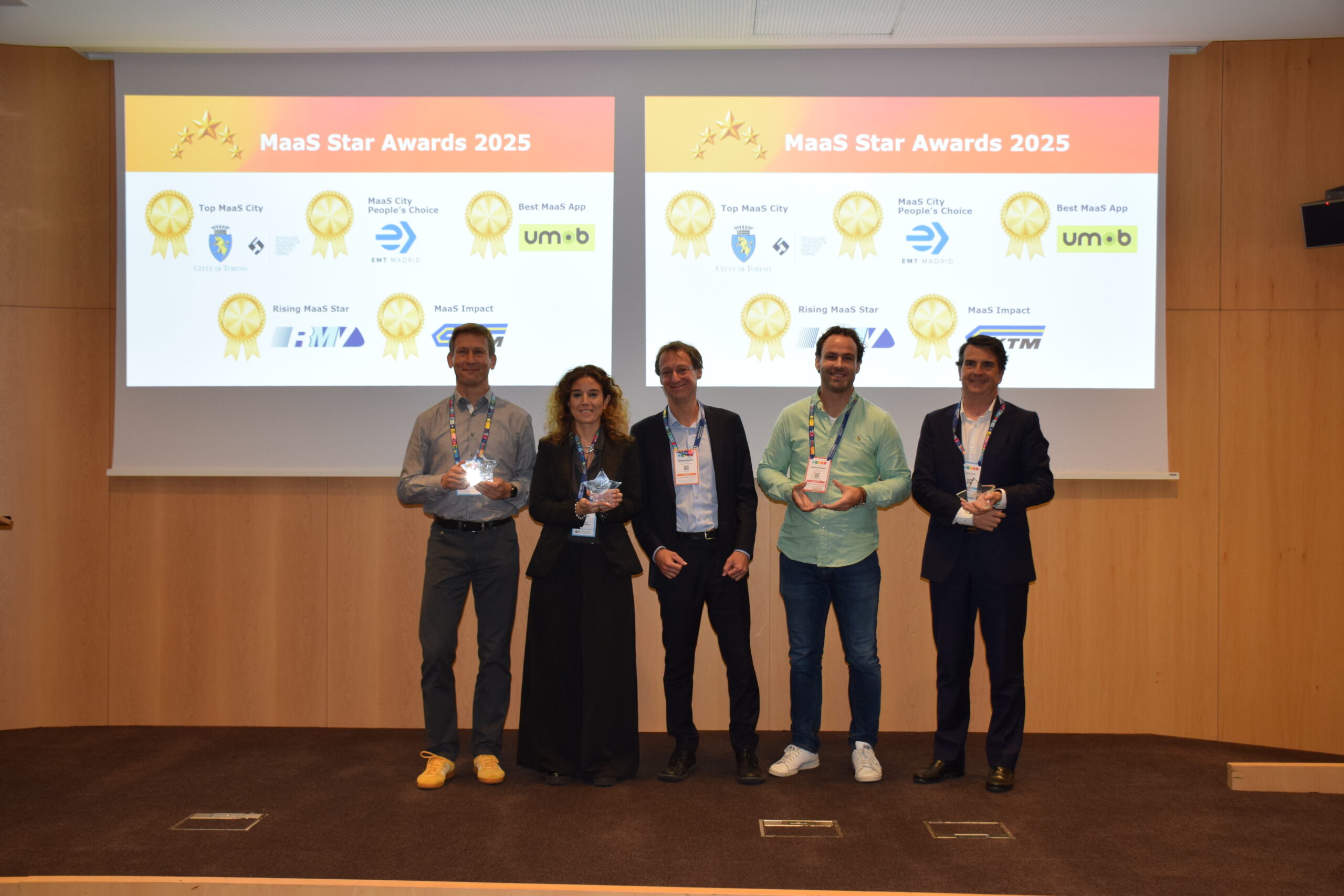
Travel in Australia is becoming increasingly complex as new modes of transport come online, work and social habits evolve, and the desire from governments to meet sustainability objectives grows. Today’s environment also presents a unique opportunity for technology like Mobility as a Service (MaaS) to simplify and address these challenges.
The vision of MaaS is to provide users with an end-to-end travel experience – connecting multiple forms of transport with booking, payment and account management. These applications are recently being trialled across Australia.
Transport for NSW’s digital opal card trial, Queensland’s ODIN PASS trial, and Intelematics’ safer bike app trial are recent examples. Their success demonstrates the potential of MaaS in Australia, yet the technology has so far been largely underutilised.
Fast forward to 2023 and recent developments signal change. The potential of MaaS has been acknowledged in policy. This includes the Victorian Department of Transport’s strategic plan and NSW’s Future Transport Strategy 2056. There are also a growing number of entrants in transport and mobility services – making MaaS technologies more accessible. This, combined with the growth of the global MaaS market, which is set to be worth US$40.1billion by 2030, points to Australia moving from ‘trial’ to ‘adoption’ in the not too distant future.
But before the benefits of MaaS at scale can be realised, there are critical design and technology components that governments and organisations need to consider. Here we outline the four focus areas for successful MaaS deployments in 2023 and beyond.
Prioritising user experience
As technology and applications have become a ubiquitous part of our lives, usability has become a greater focus. We have shifted to a ‘user first’ approach, which dominates the technology and application design. This demand stems from expectations from end users that any application is intuitive to use. Users also expect convenience, and with it, the ability to use the same applications across different platforms.
Usability is a key consideration for governments and organisations looking to deploy MaaS solutions. This includes interface design, but also ensuring applications are reliable and work under demand. The expectation of the modern traveller is that a MaaS application will seamlessly integrate multiple forms of transport, plus enable personalisation.
Because of this, it will be increasingly important to consider and accommodate third party integrations. For example, integrating public transport applications into vehicle-centric platforms – creating a multi-modal travel experience.
Incentivising journeys
The success of MaaS does not just depend on technology. If the end user does not see the added value proposition, broad adoption will be hard to achieve. Deployments will need to drive behaviour change and integrating incentives into a deployment is a key consideration.
Incentives can come in various forms – from points and badges through to discounts and rewards – personalised to each user.
To be effective, incentive programs will need to be persuasive enough for users to turn off trusted journey planning applications in favour of a newer MaaS-powered platform. This is a similar model used by insurance companies, which offer retail and leisure discounts within their policies.
For governments and organisations, a key area of opportunity is using incentives to drive more sustainable transport choices, including walking over driving or cycling over public transport. This may require co-branded platforms or even third-party integration.
Making MaaS accessible to everyone
To deliver successful, equitable MaaS services, it is essential to deliver inclusive transport. This includes people with mobility challenges for whom MaaS can offer some of the greatest advantages. MaaS platforms like Intelematics’ Omniway platform can deliver enhanced services and provide a futureproofed solution to meet the broadest range of accessibility needs.
For a wheelchair user, this might translate into helping plan routes with appropriate access or identifying wheelchair friendly footpaths. For a user with visual impairment this might include voice guidance, or for private vehicle users, locating disabled parking spaces, facilities with ramps, or equipment to help transfer drivers or passenger to or from a vehicle.
To achieve this vision requires up-to-date data on infrastructure and services, that connect and integrate with MaaS platforms. This is the only way to make MaaS applications more useful to everyone.
High performance infrastructure and data
For MaaS to deliver on its promise these systems need to operate at scale with potential to power millions of journeys each day. This requires an infrastructure that can deliver data and the best user experience at speed and enable the efficient use of internal and external data feeds. These feeds may include live traffic data, weather data, parking data, as well as transport schedules.
For MaaS, cloud infrastructure provides the most agile host environment – allowing storage and data to be scaled up or down. Similarly, data storage impacts speed with NoSQL databases providing the best platform to support fast-paced MaaS environments.
When considering performance, open-source data which ensures greater accuracy and reliance is equally important. Open data is easily available, which allows platform providers like Intelematics to bring on new features efficiently. As more data becomes available, it can be quickly translated into new features and services to adapt to user demand. A light, flexible platform architecture also allows providers to efficiently remove features that are no longer of value to users.
Conclusion
From the vehicles we use through to how we pay for and plan our journeys, the experiences that arise from ‘getting from A to B’ are shared by all of us. Equally, the technologies we use to minimise delays and reduce environmental impacts remain highly valued by individuals, governments and organisations alike.
Reducing congestion, lowering emissions, and improving the health and wellbeing of communities are not issues that can be addressed by technology alone, but by prioritising users, accessibility and performance, governments and organisations will be one step closer to realising this vision when deploying a MaaS solution at scale.
Source: Intelematics



